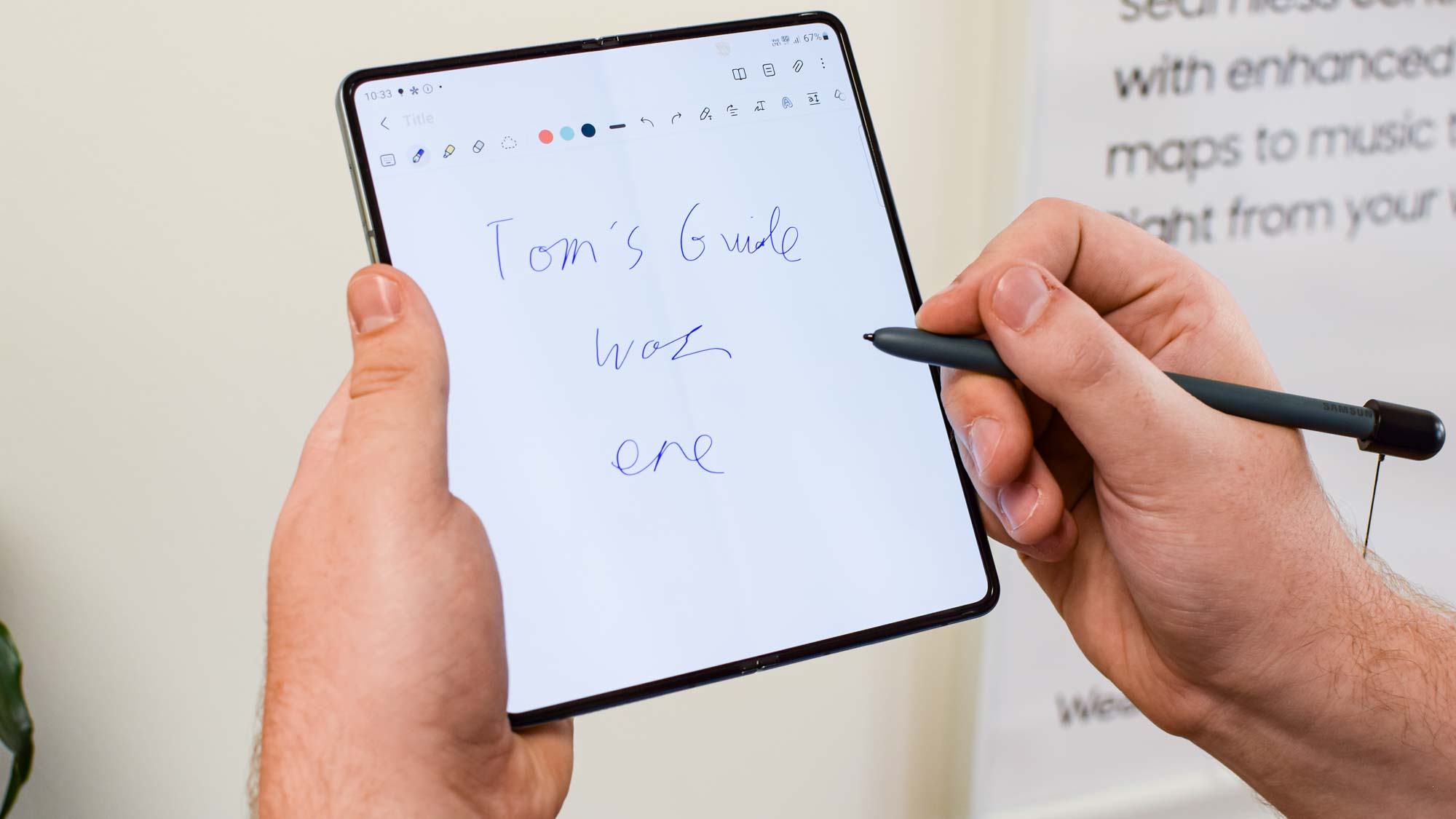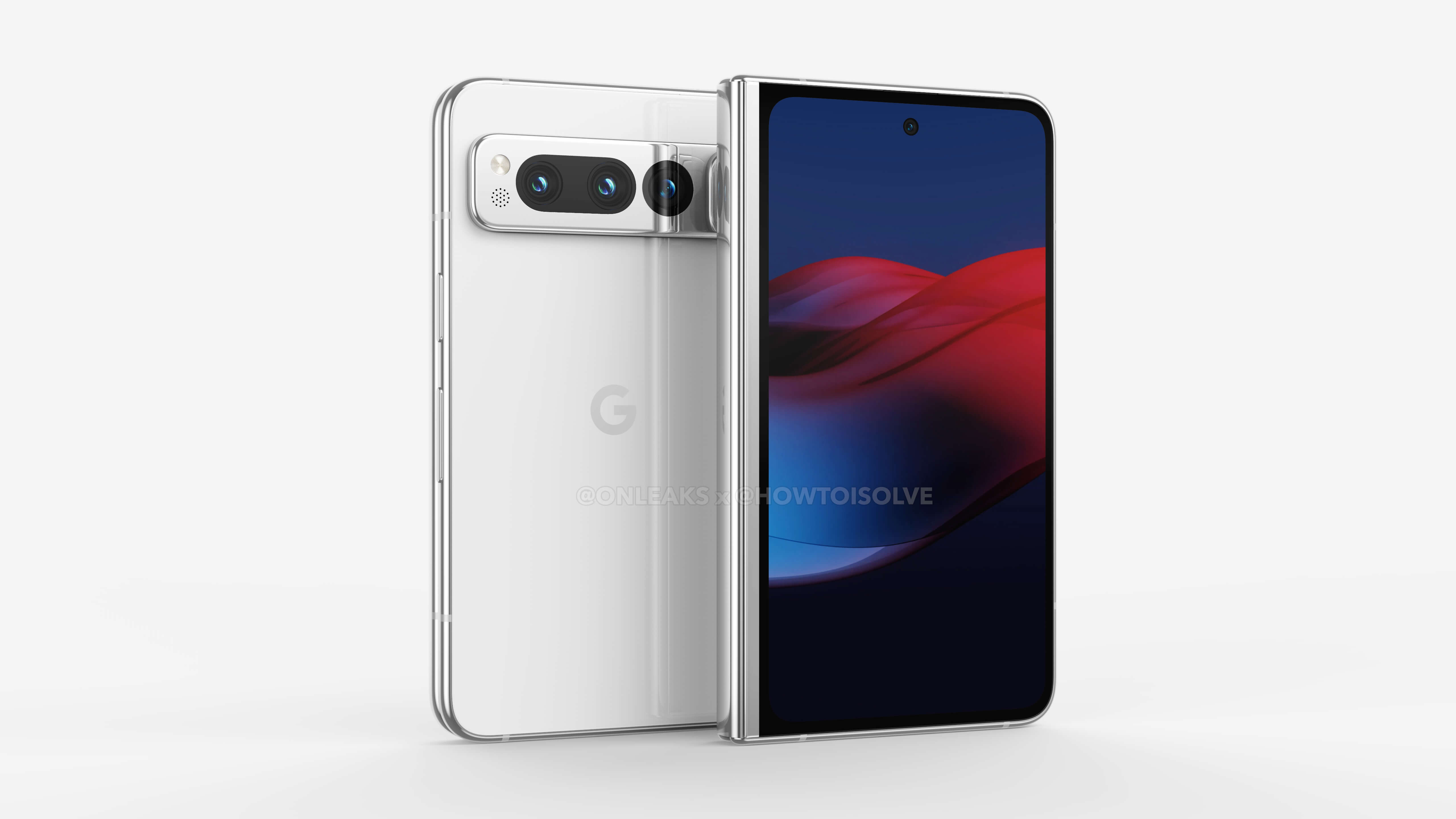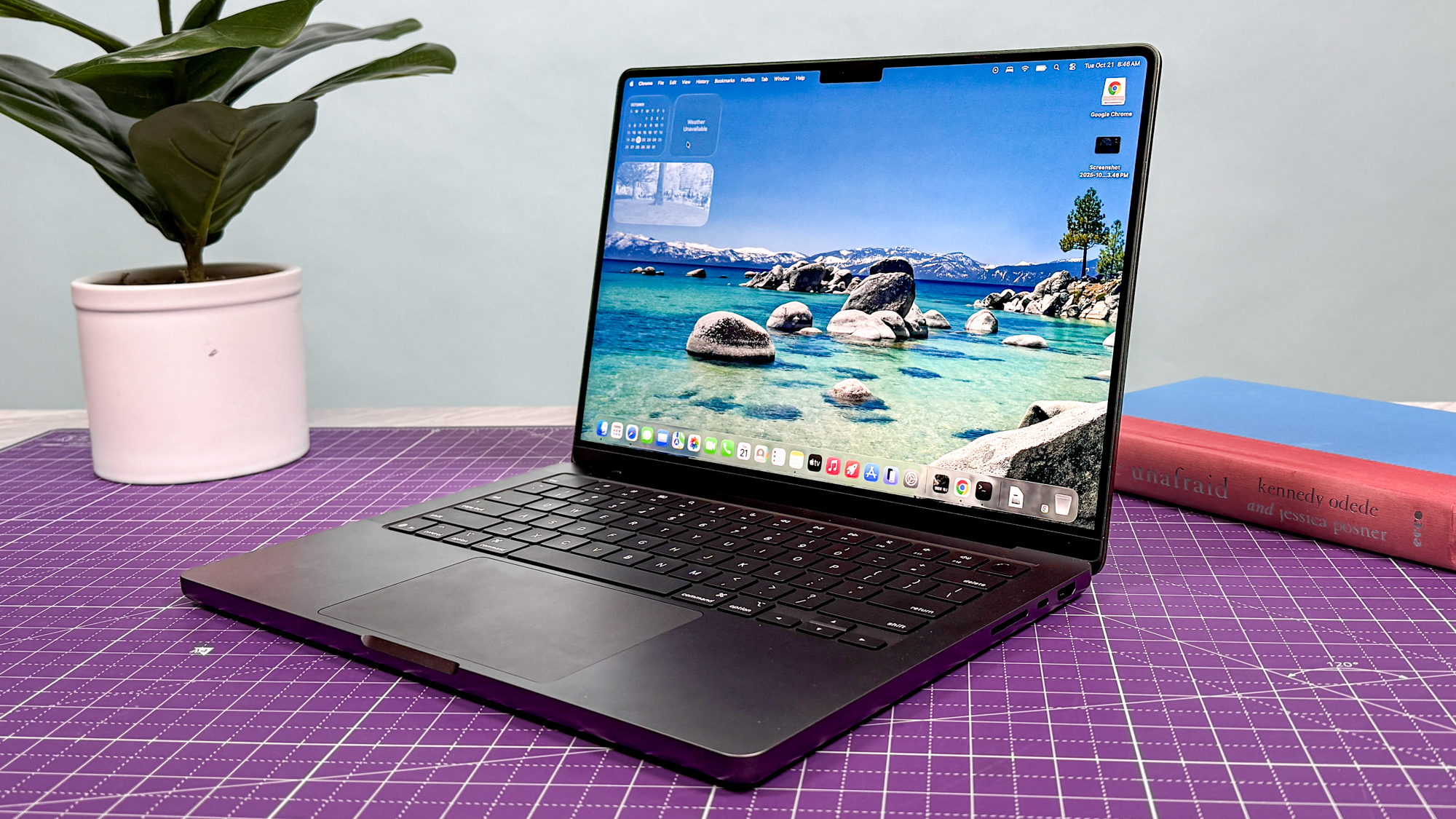What to expect from foldable phones in 2023: Galaxy Z Fold 5, Pixel Fold and more

If you're on the fence about whether foldable phones are futuristic innovations or a soon-to-be-dead gimmick, 2023 could be the year that changes your mind.
It's easy to see how quiet the foldables space is right now, especially if you live in the United States. We had the Samsung Galaxy Z Fold 4 and Galaxy Z Flip 4 in August, and Motorola might be bringing the Razr 2022 over at some point, but that's about it. But the thing about next year is that more companies are rumored or confirmed to be bringing out foldable devices, and these devices could bring something genuinely different.
To try and make some predictions for the coming year in foldables, I spoke to experts Ben Wood, chief analyst and CMO of analyst firm CCS Insight, and Runar Bjørhovde, research analyst for Canalys. Combined with what the rumor mill's telling us about next year's crop of foldables, the picture of foldable phones in 2023 is a fascinating one.
Starting with a bang
“Everything points to an avalanche of foldable devices in 2023," says Ben Wood, "We expect MWC [February 27 - March 2] to be an epicenter of foldables with many of the Chinese manufacturers showcasing devices they have already announced while others will unveil new products.”
With the Google Pixel Fold also tipped for a May reveal, the first half of the year could be an exciting time for folding phone fans.

The only problem is, as with previous years, that these Chinese foldables are mostly not going to make it to the U.S. Here in the U.K. we'll get a few of these, such as the recently announced Honor Magic Vs and the Oppo Find N2 Flip, and it's possible more companies like Xiaomi will start shipping foldables beyond China, too. But the pool of available devices is going to remain small, and that's going to give an advantage to one company in particular.
Samsung keeps the crown
It likely won't surprise anyone keeping tabs on the foldables market that Samsung sold 79% of all foldables sold in the first nine months of 2022 (according to Canalys data). While that's lower than the 90% saturation it managed in 2021, Samsung's Galaxy Z models will most likely still keep this lead going into 2023 and beyond.
Get instant access to breaking news, the hottest reviews, great deals and helpful tips.
"Samsung will continue to lead their portfolio with foldable devices in the upcoming years," says Runar Bjørhovde.
"The main driver behind this is the devices’ ability to create switchers from Apple and other Android brands," he continues, but that seems partly dependent on users having little other choice right now if they live outside China.

One of the unique things that the Galaxy Z Fold 4 does, but that other foldables have yet to attempt, is stylus support. It allows users to make more use of their larger folding display, in line with a premium tablet, although with the caveat that the S Pen has to be stored separately.
Fortunately, Bjørhovde says he "wouldn’t be surprised if the next development feature from Samsung would be to include the S Pen within the Fold model," although there's no guarantee that would come to the Galaxy Z Fold 5. That feature may still be another generation or two away given the engineering challenges that would be involved.
Big hurdles are still there
Even if Samsung still dominates the foldables world, and even if it does manage to stuff an S Pen into the next Z Fold, that's not going to increase sales by itself. According to Canalys, only 1% of all phones sold this year (excluding Q4) were foldables, The things that put users off of ditching their slate-shaped phones for flexible ones will sadly not be going away in the coming year.
As Wood says: “There are still major challenges to be overcome with foldables. Durability remains amongst the biggest reasons consumers are nervous of buying a folding device."

While companies are clear to state just how many thousands of times their phone hinges can be folded without breaking, and Samsung gave some peace of mind by certifying the Galaxy Z Fold 4 and Galaxy Z Flip 4 as IPX8 water resistant, some parts of a foldable remain uniquely vulnerable. The main one would be the folding display, which by design has to be soft and flexible.
Were these problems to be fixed, or at least taken in consumers' stride, the cost of these phones will also be "a significant hurdle" according to Wood.
"2023 will certainly see prices come down," he says, "But I expect folding smartphones to remain premium devices for quite some time.”
That's a great pity as I have been calling to the skies for Samsung to make a cheaper foldable, but all these things are linked. Until more people are confident about buying a foldable, the price of parts and repairs won't drop, and that in turn keeps them out of the hands of potential users.
Other than fixing these issues, there's one thing Bjørhovde says companies could also do to bring in new buyers:
"I believe that [experience] is where vendors focused on foldable devices must put their attention to make sure that they stay relevant to consumers."
Foldables are obviously unique-looking devices, but that doesn't help sell the device unless you can do something interesting and useful with them. You've got to justify all that money you spent somehow, after all. Things like Samsung's S Pen or Flex Mode utility are good for this, but more's needed before people feel foldables are a necessity in the same way a regular smartphone is. And a new player tipped to be entering the market this year could make a difference there.
The Pixel effect
I hinted before at the Google Pixel Fold, a rumored foldable that would be Google's first. This is potentially important since it's guaranteed to be sold in the U.S., where Samsung's status as the king of foldables is safest, providing some much-needed competition to the Z Fold 4. But Bjørhovde sees another significance to Google's involvement in the foldables market.
"I find the rumors about Google Pixel to be very interesting," says Bjørhovde, "Not because it is 'just' another vendor — but because it could help to get an extra push of development on the software and user experience side through Android. Plus, Google Pixel is fully willing to invest in making the mass market more used to foldables — and could potentially match Samsung on this."

Currently, Android phone makers wanting to make a foldable have to do a lot of the software legwork required to adapt Android to the new form factor themselves. But if Google helps add more foldable-friendly features to stock Android, as it did with Android 13 and Android 12L before it, then this could be the trigger for even more companies to try building a foldable, hopefully driving the segment forward towards more innovative and effective foldable phones in a way the Pixel Fold itself wouldn't be able to manage.
We shouldn't underestimate the Pixel Fold though. The current rumors paint it as an effective Galaxy Z Fold 4 rival, not least because of the fearsome-looking camera array on its back. While the Galaxy Z Fold 4's cameras are much better than previous generations, Chinese foldables are outdoing it on hardware, and no doubt Google would be able to do a much better job with foldable photography with its amazing post-processing software.
No iPhone Flip… probably
Before we wrap up, one last question: Is 2023 going to be the year that the elusive iPhone Flip appears? Bjørhovde is skeptical.
"I highly doubt that we’ll see anything related to foldables from Apple over the next years. Apple has a comfortable position with the iPhone… and foldables provide an unnecessary risk on its side in the short-term."

That would make perfect sense from Apple, a company that's notoriously risk-averse with its phones. Although some analysts have suggested Apple could bring out its first foldable next year, there's certainly no rush for Apple to do so just yet, even if it's losing some of its users to Samsung because of the Galaxy Z models. Better to take its time and ensure the folding iPhone's super polished on release so that it can start converting its customers to foldable users at low risk to its reputation or bottom line.
Foldables in 2023: Outlook
I already thought 2022 was a good year for foldables, given the amount of time the Galaxy Z Fold 4's stayed in my pocket in place of a more standard Android phone. But other than some minor updates to phone types we'd already seen before, it was actually kind of quiet.
That doesn't look to be the case in 2023 though. Between the rumors and expert analyses we've seen above, the next 12 months could be the biggest year for foldables since we first started seeing them in 2019. Some foundational problems with folding phones may take longer to sort out, like pricing and toughness, but with lots of new players in the game, including the influential Google, foldables could prove to be a big source of excitement in the new year. Who knows, perhaps next year is when you'll finally consider switching phones, and if you do, Tom's Guide will be here to provide buying advice on the best foldable phones so you can find the right one for you.

Richard is based in London, covering news, reviews and how-tos for phones, tablets, gaming, and whatever else people need advice on. Following on from his MA in Magazine Journalism at the University of Sheffield, he's also written for WIRED U.K., The Register and Creative Bloq. When not at work, he's likely thinking about how to brew the perfect cup of specialty coffee.
